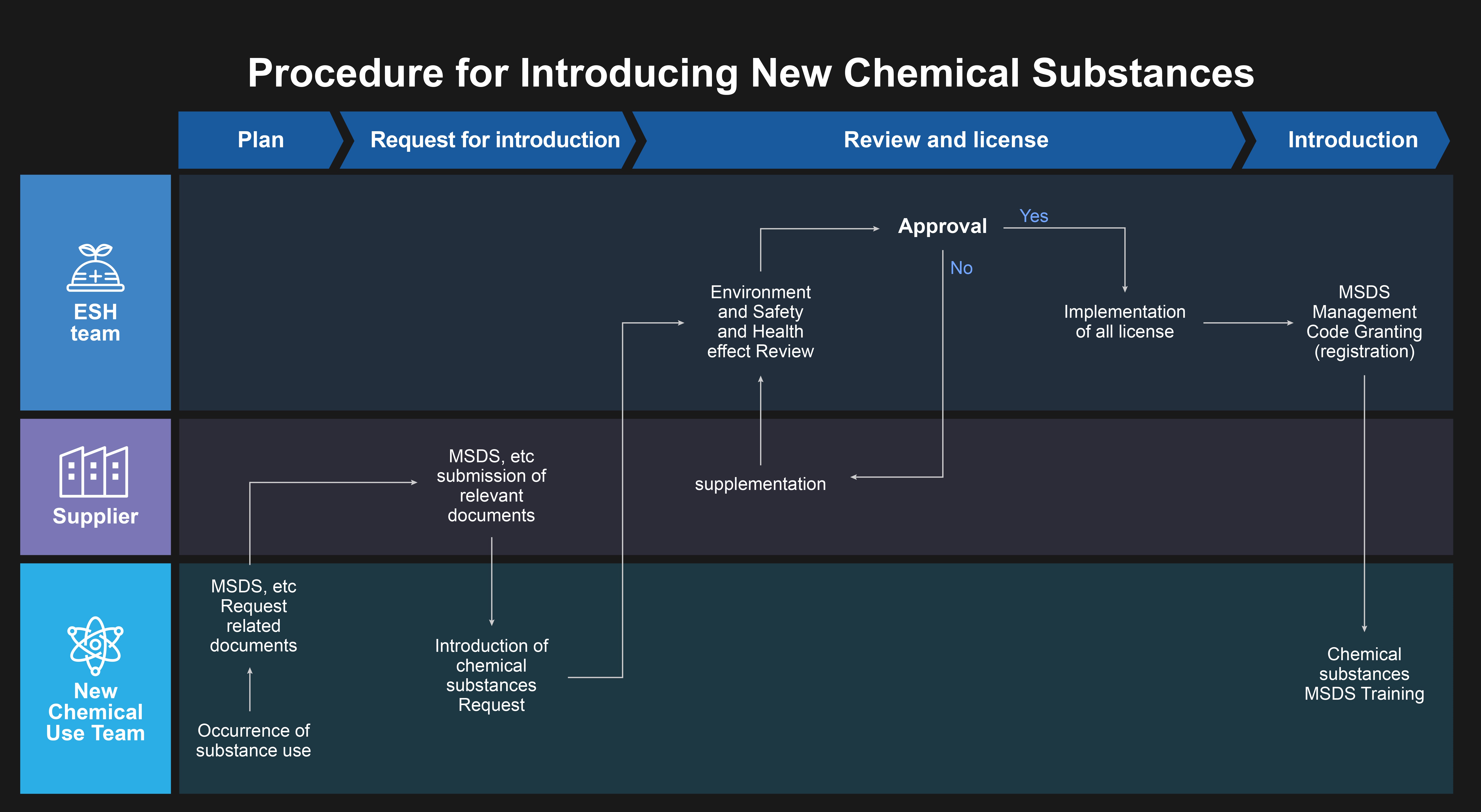

Our Board is responsible for overseeing the management of risk at Magnachip. To facilitate this, the Board formed the Risk Committee to supervise management’s identification and evaluation of key enterprise risks, as well as the guidelines, policies and processes for monitoring and mitigating such risks. Key enterprise risks include, but are not limited to, overall operational risks, financial risks, strategic risks and opportunities, external risks, compliance risks, hazardous risk, reputational risk, technology risks including cybersecurity, and ESG risks.
Risk identification and reporting
Company management reports on a quarterly basis to the Risk Committee their assessment of key enterprise risks across multiple categories and mitigation plans for those that fail to meet relevant tolerance standards established from time to time. During quarterly Risk Committee meetings, the members of the Risk Committee review management’s assessment report and discuss with management measures to be implemented to better control against existing risks and identify emerging risks. For example, the Risk Committee may consider replacing specific existing risk categories, adding new risk categories or adjusting the tolerance standards of risks to preemptively respond to changes in the Company’s business and the environment in which we operate.
The Risk Committee works closely with Theodore Kim, our CCO and General Counsel, who was appointed by our CEO as the Company’s risk officer, with respect to the above-described oversight. In this capacity, Mr. Kim reports directly to the Risk Committee, the Board as a whole and the Company’s CEO. The Risk Committee may discuss certain risks with the Audit Committee or the Board if certain material disclosure issues arise. Our Company has engaged outside experts from time to time to obtain assistance with the identification and mitigation of key risks.
ESG risk management
At the present time, several ESG risks are incorporated into our Enterprise Risk Management (ERM) assessments. These include risks relating to key talent retention, labor unions, sexual harassment, EHS and cybersecurity, among others.
We are continuously enhancing the integration of ESG considerations into our risk management system. We have engaged outside ESG experts to help us identify and mitigate key risks. Our CCO and the C&IA Team also report on a quarterly basis to the Risk Committee and the Board on ESG matters and the related impacts and risks.
Enabling a culture of risk management
We strive to embed a culture of risk management at every level of our operation. Teams that fail to take adequate account of previously identified risks will be penalized in terms of compensation. Any non-compliance or violation of our rules and guidelines is taken into account during employee evaluations, in which promotions, raises and bonuses are conferred.
Our remuneration policies are designed to align incentives with long-term value creation:
- Base salary is a fixed amount and does not depend on performance
- Payout levels under our cash incentive program are capped, and payout opportunities may generally be achieved based on our financial performance
- Equity awards are limited by the terms of our equity plans to a fixed maximum amount specified in the plan, and are subject to vesting
- Our Board has adopted a clawback policy
Reducing risks through education and training
We offer an extensive training program for our employees and executives, which is outlined on the Social page of our website. Some of these initiatives are provided specifically as part of our risk reduction program, for example, the drills and exercises conducted by our emergency response team.


